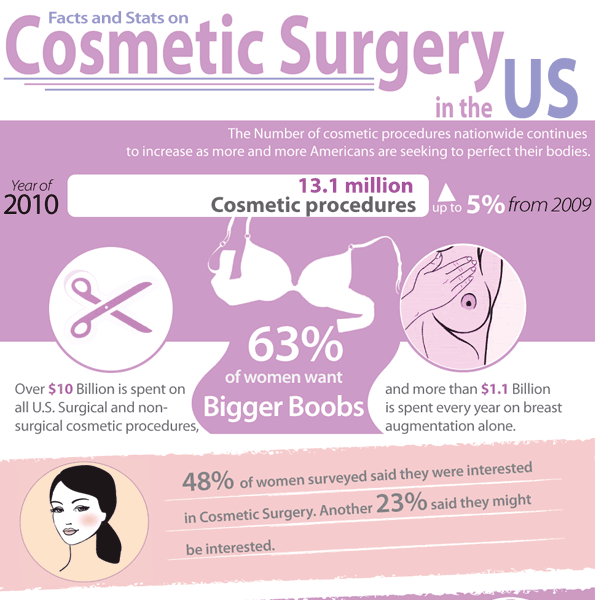Hormone acne is characterized by stopped up pores and oily skin that generally shows up on the chin and jawline. It occurs when hormone modifications set off swelling and bacterial overgrowth within hair follicles.
Outbreaks may appear as whiteheads, blackheads, papules or pustules and cysts or blemishes in much more serious cases. It is much more usual in teenagers undergoing puberty yet can influence adults of any kind of age.
What Creates Hormonal Acne?
While acne can be triggered by a selection of elements, including using hair and skin treatment products that aren't oil-free or made with active ingredients that might clog pores, hereditary predisposition, diet plan,2 and anxiety, the root cause is changing hormones. Hormone acne occurs when the body experiences hormonal changes and changes that bring about an overproduction of sebum, which causes inflammation, increased growth of microorganisms and modifications in skin cell activity.
Hormone acne is usually located on the reduced jawline, cheeks and neck but can show up anywhere on the body. It is characterized by imperfections that are cystic, painful and loaded with pus or various other material. It is additionally most likely to occur in females than guys, specifically during the age of puberty, the menstrual cycle, pregnancy or menopause.
Age
While several kids experience acne at some time during adolescence, it can remain to pester grownups well into the adult years. Known as hormone acne, this kind of breakout is tied to changes in hormonal agents and is generally most usual in women.
Hormonal acne happens when oil glands create way too much sebum, which blocks pores and catches dead skin cells. This results in the development of imperfections, such as whiteheads, blackheads and papules, pustules, cysts or blemishes, deep under the surface area.
This type of acne often causes pain, inflammation and swelling. It may also be cyclical and show up around the very same time every month, such as right before your period starts. This is since levels of women hormones like progesterone and oestrogen rise and fall with each menstrual cycle.
Menstrual Cycle
Hormone acne commonly shows up in the reduced part of your face, along the jawline and cheeks, as whiteheads, blackheads or inflammatory pimples (pimples and cysts). It's probably to show up around the time when your menstruation modifications.
Especially around ovulation, when estrogen and progesterone degrees are on the surge, hormone fluctuations can create outbreaks. However it's additionally feasible to get acne at any type of point throughout your 28-day menstruation.
If you observe that your hormonal acne flare right prior to your duration, attempt seeing when specifically this takes place and see if it connects to the stages of your laser hair removal near me 28-day menstruation. This will certainly aid you determine the origin of your skin problems. As an example, you might intend to work with stabilizing your blood sugar level and removing high-sugar foods, or consider a prescription medicine like spironolactone that can control your hormones.
Pregnancy
Growing a baby is a time of remarkable hormone adjustments. For several females, this consists of a flare-up of hormonal acne. This type of outbreak typically starts in the first trimester, around week 6. It's brought on by hormonal agent rises that stimulate sweat glands to make even more oil, which can clog pores and trigger even more microorganisms to build up.
Breakouts might additionally happen as a result of pre-existing conditions like polycystic ovary disorder, which can additionally be an issue while pregnant and menopause. Also, some sorts of contraceptive pill (such as Ortho Tri-Cyclen and YAZ) can activate hormonal acne in some women.
Luckily, most acne treatments are "no-go" for pregnant females (consisting of prominent acne-fighting active ingredients such as isotretinoin and spironolactone). However if you can't avoid those frustrating bumps, your medical professional might prescribe dental erythromycin or cephalexin, which are risk-free during pregnancy.
Menopause
As women come close to menopause, the estrogen degrees that triggered their hormone acne to flare throughout the age of puberty begin to stabilize and reduce. At the same time, however, a spike in androgens (additionally referred to as male hormones) takes place because these hormonal agents can't be exchanged estrogen as successfully as before.
The extra of androgens can set off oil production by the sweat glands, which clogs pores. When the clogged up pores become swollen and inflamed, an acne types.
Hormone acne is commonly seen on the face, specifically around the chin and jawline, however it can take place on the neck, back, shoulders, or breast. This type of acne often tends to flare up in an intermittent pattern, comparable to the menstruation. Anxiety, which enhances cortisol and tosses hormones out of equilibrium, additionally contributes to the breakouts.
